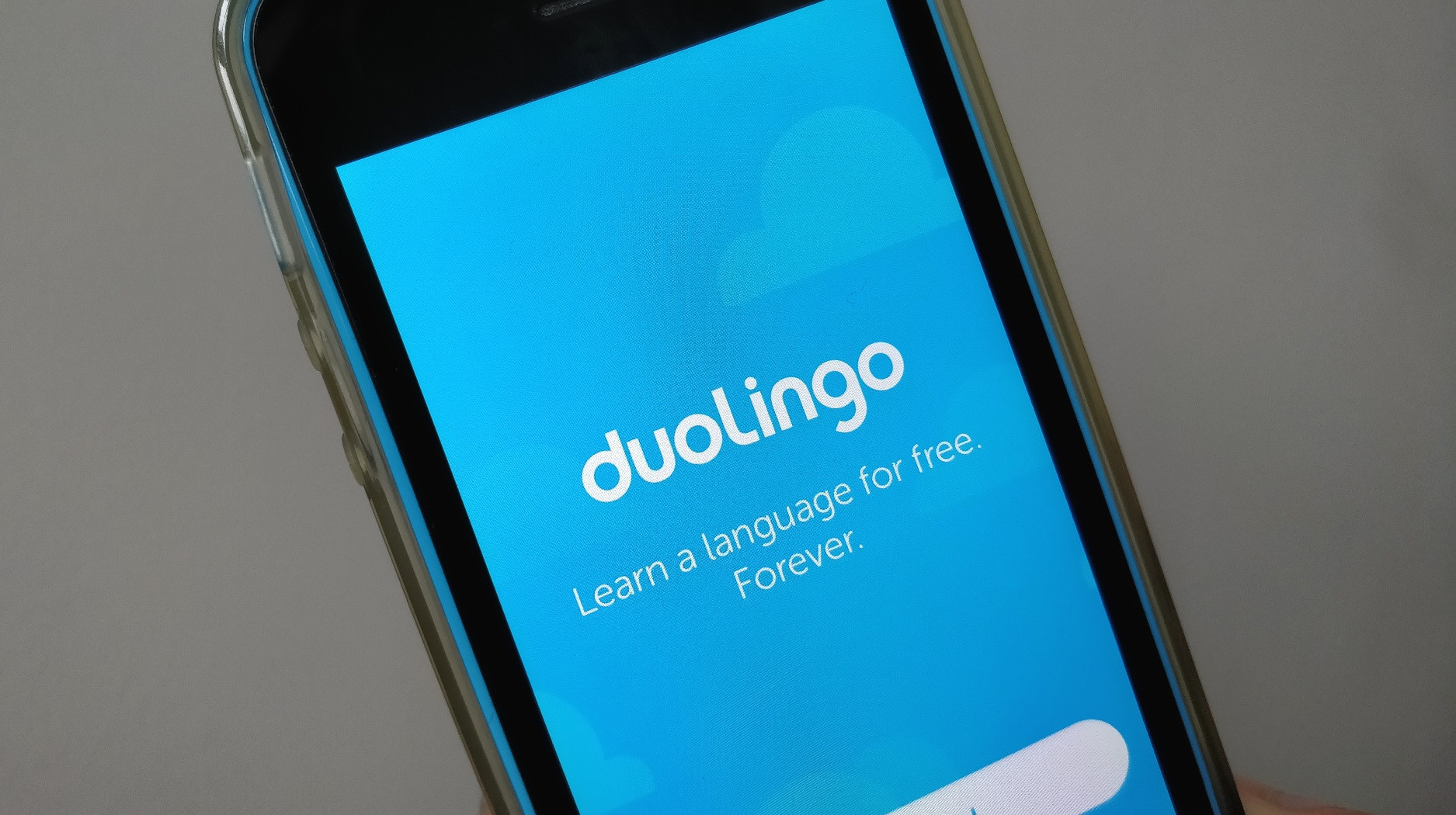Nature Knows and Psionic Success
God provides
How Duolingo is using AI to humanize virtual language lessons

Above: Duolingo App “The core part of our AI strategy is to get as close as possible to having a human-to-human experience,” Duolingo AI and research head Burr Settles told VentureBeat in an interview at London’s AI Summit last month. Duolingo, for the uninitiated, is a cross-platform app where users can learn languages for free, though they can also cough up $7 each month for a premium service that removes ads, delivers offline access, and more. Through gamification and “bite-sized” lessons, anyone can learn to read, listen, and speak in dozens of tongues. People’s reasons for learning a new language vary — perhaps it’s to boost their appeal with prospective employers, to converse with a new partner’s parents, or simply for personal fulfillment. But whatever the motivation, learning a language takes time and effort — all the more so if the learner is not immersed in the language 24/7. Most people can’t move to another country just to boost their language skills, so companies like Duolingo have capitalized on the rise of smartphones and ubiquitous connectivity to bring lessons to users, wherever they are. Duolingo already supports many of the world’s most common languages, including Chinese and Hindi , not to mention fictional vernaculars, such as Klingon. Earlier this week, the Pittsburgh-based company finally rolled out support for Arabic — one of the world’s most-spoken languages. Duolingo now claims some 300 million users globally and has raised north of $100 million for a valuation of around $700 million , with big-name backers including Alphabet’s CapitalG and Kleiner Perkins. Above: Duolingo The global online language learning market was pegged at $9 billion in 2018, according to Verified Market Research, and could hit more than $20 billion by 2026. Against this backdrop, Duolingo has been investing in AI and machine learning […]
Click here to view full article
